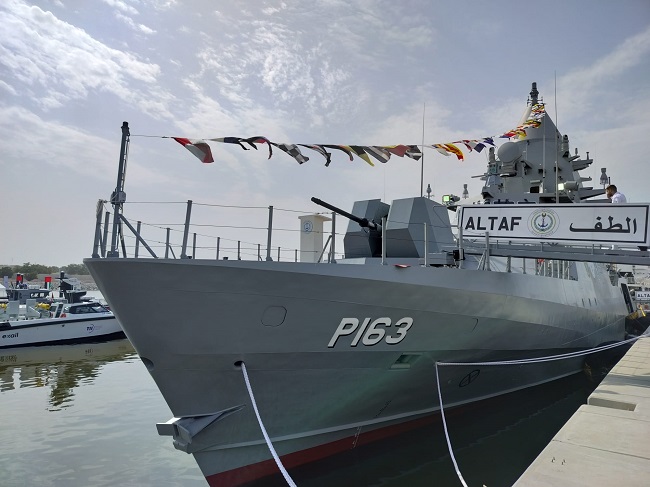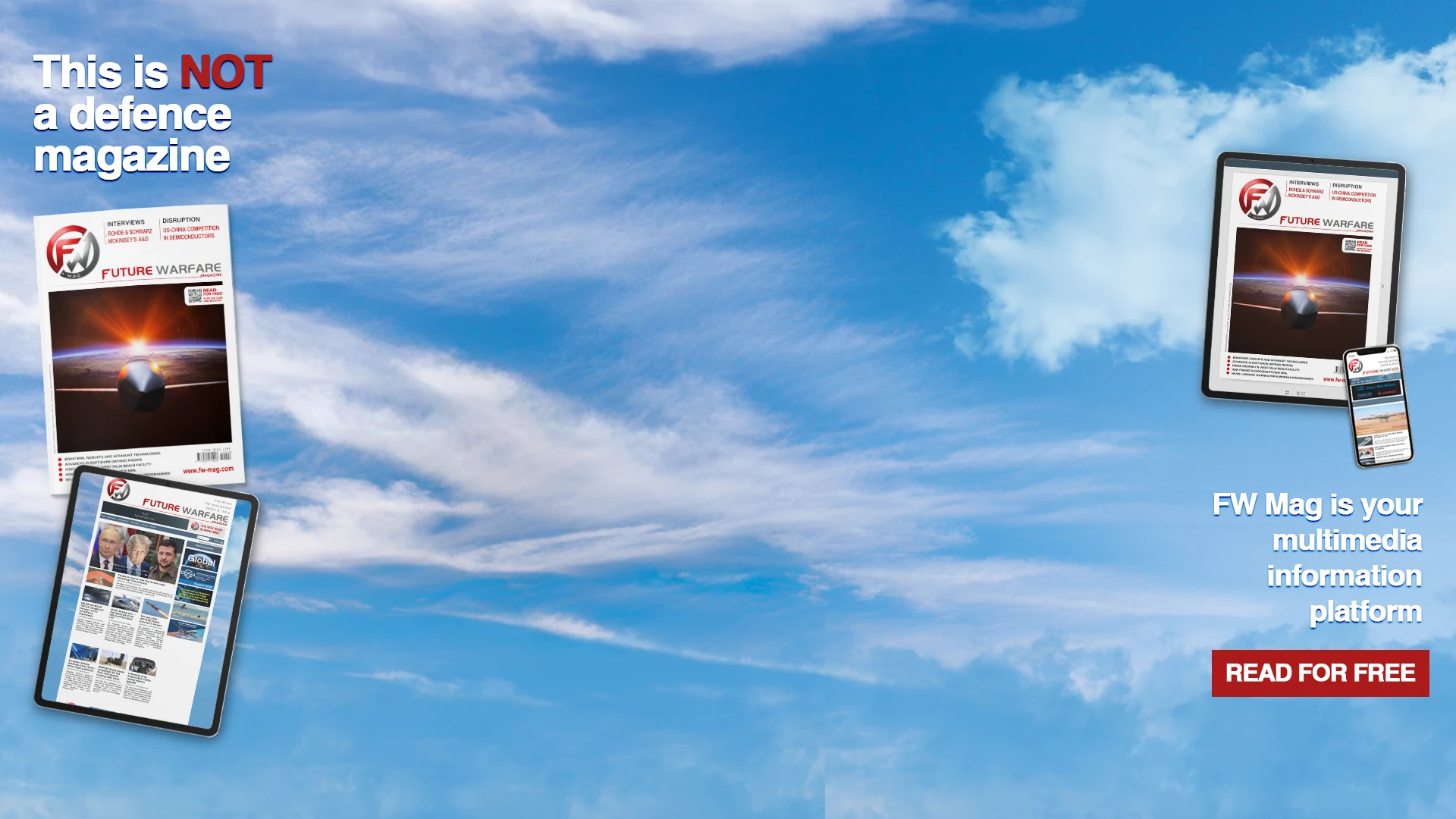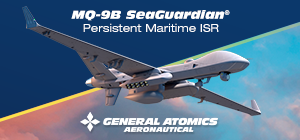
The most important exhibition for Middle Eastern defence, IDEX, has started today at the gigantic ADNEC (Abu Dhabi National Exhibition Center), as usual, now in its 17th edition, while the naval exhibition, NAVDEX, is in its 8th edition. As anticipated by FW MAG 1-2025, this year the figures set a new record.
IDEX is increasingly the showcase for the ambitions of a young country that has now become a regional power, capable of projecting influence throughout the Middle East and Africa. This influence is sustained by strategic vision, the strong leadership of MBZ (Mohamed Bin Zayed, Al Nayan, the President of the Federation of the 7 Emirates), and resources. In Africa, the UAE has become an important player, a point of reference, acquiring ever greater influence.
In recent years, Abu Dhabi has formalised strategic partnerships with several countries – from Angola to Somalia, passing through Egypt and Congo – in sectors ranging from defence (the corvettes to Angola were signed during the IDEX two years ago, for example) – to infrastructure projects (starting with ports), to the food industry, without forgetting the import of metals and critical raw materials. In short, an uncompromising, 360° foreign and security policy that goes well beyond the very small human dimensions of the country and that is accompanied by an uninterrupted growth of the defence industry sector.
If 20 years ago the UAE was totally dependent on foreigners, today it is growing in know-how with highly respected local players in shipbuilding, with Abu Dhabi Ship Building (ADSB), in the unmanned sector, with ADASI, in the land sector, with Nimr, and in the missile sector, with Halcon, etc. All of this under the umbrella of the mega state-owned holding company EDGE, with which the Al Nayan family is trying to rationalise the sector and make it stronger.
EDGE has a huge pavilion that practically occupies an entire hall and offers various products, particularly in the unmanned sector, where there are many products on showcase, some of which known (the MALE REACH-S, 100 of which have been ordered by the UAE Defence Forces) and some of new ones (SINYAR LAR 3P and the RUAV of the Swiss subsidiary ANAVIA, HT-200/750; the latter have recently been ordered in 200 units by the UAE customer). At the same time, the local Armed Forces have grown and, considering their necessarily reduced manpower, they have focused on technology and capabilities. Twenty days ago, the first RAFALE F4 was delivered by Dassault (currently the most advanced standard with, among other things, the new TALIOS targeting pod, improved AESA RBE2 radar and SCORPION integrated helmet). The aircraft, serial number 1101, will remain in France to conduct a campaign of tests (the Emirates usually pay for the development of French aircraft... this was also the case for the MIRAGE 2000-9), and is part of a mega order worth €17 billion that includes the supply of as many as 80 aircraft. The RAFALE F4 will replace the excellent MIRAGE 2000-9, which the UAE is already trying to place on the second-hand market.
In the naval sector, the first light missile corvette FALAJ 3 for the national navy (designed by Singapore's ST Engineering) was launched in mid-January, out of a total of 4 units ordered in 2021 (worth approximately €960 million). The ship is present at the NAVDEX quay and is characterised by a CMS (Command, Control and Communications System) and a combat system by Leonardo. The supply of 8 FALAJ 3 to the Kuwaiti Navy is expected to be announced - presumably with the same configuration as the UAE Navy units. This provides further evidence of the importance that the UAE shipbuilding industry has now assumed.
Last May, Fincantieri launched the local joint venture MAESTRAL, of which 51% is owned by EDGE. The joint venture is taking its first steps and today a five-year contract worth 500 million euros was announced for MAESTRAL to support all units of the United Arab Emirates Navy. It is clear, however, that MAESTRAL's objective is to seize a whole series of opportunities, for the construction of new units, both for the local Navy and for the Navies of those countries that have strong relations with the UAE, in Africa, but also in Asia (Egypt, the Philippines and Malaysia, above all).
Another example of European presence is MBDA, responsible for the weapon package for the RAFALE (air-to-air and air-to-surface, standoff and non-standoff missiles). MBDA collaborates with the local company Tawazun for the development of the new generation network-centric weapons SMART CRUISER and SMART GLIDER. Futheremore, it is expected to supply the VL-MICA air defence system and EXOCET antiship missiles for the FALAJ 3 and the GOWIND/BANI YAS heavy corvettes delivered in November 2023 and June 2024.
Lastly, the presence of the Israeli defence industry is growing, with a pavilion that has practically tripled in size compared to 2 years ago. After all, relations between Israel and the UAE are consolidating, following the Abraham Accords, and regardless of the disproportionate Israeli reaction in Gaza. Business is business.
Russia is not messing around either. Moscow maintains its influence in the Middle East, there's no doubt about that, despite Western efforts to isolate it, and it has a special relationship with the UAE, with reckless triangulations and more. In short, Russia has good friends outside Europe and North America: the UAE is one of them.








